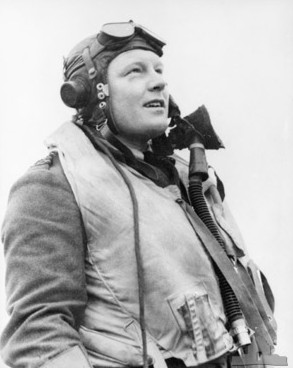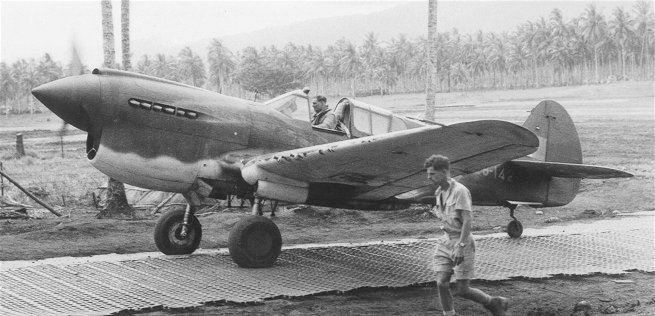 |
Keith 'Bluey' Truscott, would become one of Australia's best known aces. Born on the 17th of May 1916 at Prahran, Melbourne, he proved to be both a good student and keen sportsman, playing Australian Rules for Melbourne’s premiership team in 1939. Already famous as a footballer, Truscott enlisted in the RAAF on the 21st of July 1940 amidst considerable publicity. Despite his sporting reputation, Truscott was not a natural pilot and almost failed his course. His position as something of a public figure afforded Truscott a chance to continue flying and he eventually earned his wings despite becoming known for his poor landings. He was sent to Canada under the Empire Air Training Scheme, was commissioned in February 1941, and then ordered to England, where he joined No. 452 Squadron as a foundation member on the 5th of May. Flying a Spitfire, he scored his first victory in August. Thereafter, his score began a gradual rise. After three months of war flying, he had destroyed at least 11 German aircraft, was awarded the Distinguished Flying Cross, and made a flight commander. In January 1942 he was made acting squadron leader before being posted back to Australia in March. Late that month he was awarded a bar to his Distinguished Flying Cross. At that point he was the most well-known pilot in the RAAF. |
